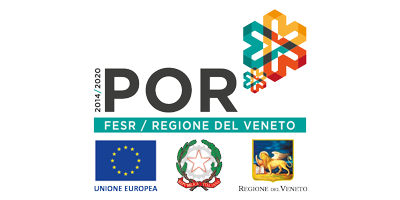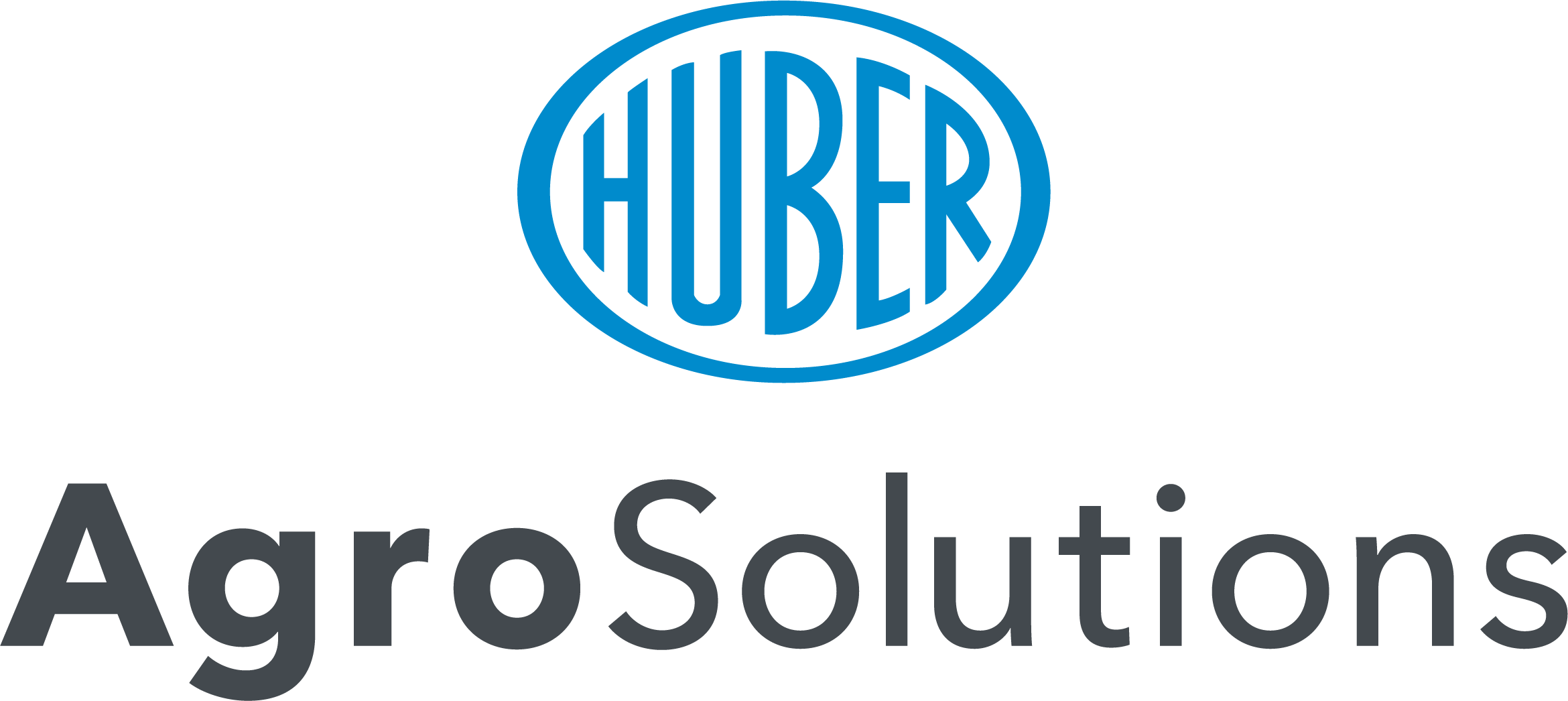PLANT-DERIVED FOLIAR BIOSTIMULANT
ILSASTIM+ is a plant-derived biostimulant, obtained through enzymatic hydrolysis of Fabaceae tissues. This exclusive production process, along with the specific hydrolysis degree, allows having compounds whose action specifically fits the needs of vegetable crops. Fully natural triacontanol, together with sulfur compounds and free plant-derived L-amino acids, allows having manifold effects on tomatoes, peppers, potatoes, melons, strawberries, lettuces and all vegetable species.
Through roots, when applied in low doses starting from 8-10 days after seeding/transplanting (at the time of usual fertigation applications), ILSASTIM+ strongly stimulates the radical and vegetative growth of young plants.
When applied through leaves, ILSASTIM+ stimulates biomass formation and fosters the action of the enzymes regulating the use of nitrogen absorbed (Nitrate reductase, Nitrite reductase, GS and Gogat) so reducing nitrate excess in vegetal tissues, a key aspect for leaf and ready-to-eat vegetable crops.
Its positive action on photosynthesis, along with the intake of amino acids and active molecules allows for ILSASTIM+ to also improve the final quality of productions, particularly for fruit vegetable crops (strawberry and melon), and increase resistance to climatic stresses, especially in the greenhouse.
Chemical and physical features
- LIQUID BROWN COLOUR
- pH 5,0 ± 0,5
- DENSITY 1,15 ± 0,02 kg/dm3
- CONDUCTIVITY E.C. 1,60 ± 0,20 dS/m
COMPOSITION
-
Total Nitrogen (N) 1 %
- Of which: Organic Nitrogen (N) 1 %
- Total Aminoacids 6 %
- Free Aminoacids 1,5 %
- Organic Carbon (C) 10 %
- Sulfur Trioxide (SO3) 6000
- Natural Triacontanol (mg/kg) 8
Contains in particular
- ENZYMATIC HYDROLYSATE OF FABACEAE
Characterising substances
- PLANT-DERIVED TRIACONTANOL, PLANT-DERIVED AMINO ACIDS, SULPHURATED COMPOUNDS, PLANT EXTRACTS
ACTIONS OF THE CHARACTERISING SUBSTANCES
| PHOTOSYNTHESIS EFFICIENCY | STIMULATION OF CELL EXPANSION | |
|---|---|---|
| PLANT-DERIVED TRIACONTANOL |

|

|
| PLANT-DERIVED FREE AMINO ACIDS |

|
|
| SULPHURATED COMPOUNDS AND OTHER PLANT EXTRACTS |

|

|
Doses and methods of use of the fertilizer
-
Greens and Nurseries
-
Lawns1 kg/1500 m22-4 applications every 8-10 days in full vegetative development
-
Ornamental and Floral Crops1 kg/1500 m22-4 applications every 8-10 days in full vegetative development
-
Ornamental and Forest Nurseries1 kg/1500 m22-4 applications every 8-10 days in full vegetative development
-
Professional Turf1 kg/1500 m22-4 applications every 8-10 days in full vegetative development
-
-
Legumes and potatoes
-
Bean1,5-2 kg/ha3-4 applications every 10-12 days from 10 days after transplanting
-
Broad bean1,5-2 kg/ha3-4 applications every 10-12 days from 10 days after transplanting
-
Carob1,5-2 kg/ha3-4 applications every 10-12 days from 10 days after transplanting
-
Cickpea1,5-2 kg/ha3-4 applications every 10-12 days from 10 days after transplanting
-
Lentil1,5-2 kg/ha3-4 applications every 10-12 days from 10 days after transplanting
-
Pea1,5-2 kg/ha3-4 applications every 10-12 days from 10 days after transplanting
-
Potato1,5-2 kg/ha3-4 applications every 10-12 days from 10 days after transplanting
-
String bean1,5-2 kg/ha3-4 applications every 10-12 days from 10 days after transplanting
-
Sweet Potato1,5-2 kg/ha3-4 applications every 10-12 days from 10 days after transplanting
-
-
Vegetables
-
Cauliflower1,5-2 kg/ha3-4 applications every 10-12 days from 10 days after transplanting
-
Courgette0,3-0,4 kg/1.000 m23-4 applications every 10-12 days from 10 days after transplanting
-
Cucumber / Gherkin0,3-0,4 kg/1.000 m23-4 applications every 10-12 days from 10 days after transplanting
-
Eggplant2-2,5 kg/ha3-4 applications every 10-12 days from 10 days after transplanting
-
Melon2-2,5 kg/ha3-4 applications every 10-12 days from 10 days after transplanting
-
Pepper2-2,5 kg/ha3-4 applications every 10-12 days from 10 days after transplanting
-
Strawberry0,3-0,4 kg/1.000 m23-4 applications every 10-12 days from 10 days after transplanting
-
Tomato2-2,5 kg/ha3-4 applications every 10-12 days from 10 days after transplanting
-
Watermelon0,3-0,4 kg/1.000 m23-4 applications every 10-12 days from 10 days after transplanting
-
The dose indicated in the table has been calculated by taking into account an irrigation volume of about 500-600 litres of water per application. The doses shown should be considered as merely indicative and may vary according to pedoclimatic conditions and average yields expected.
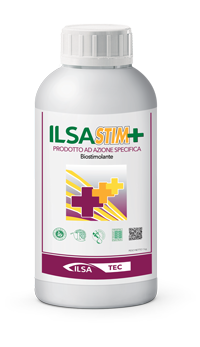







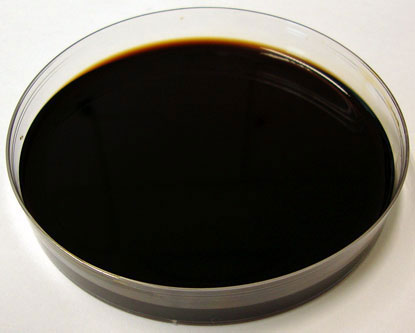


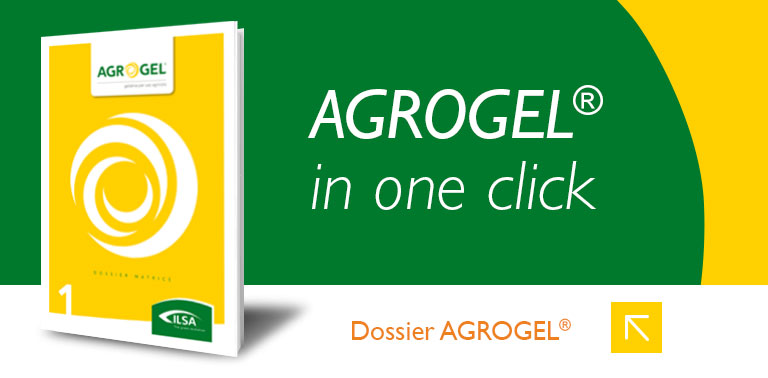
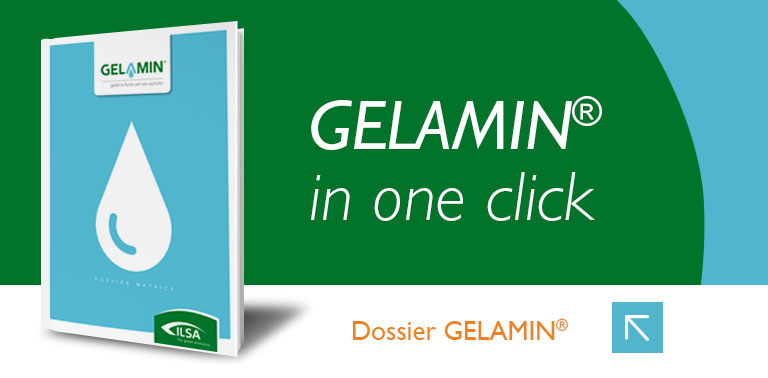
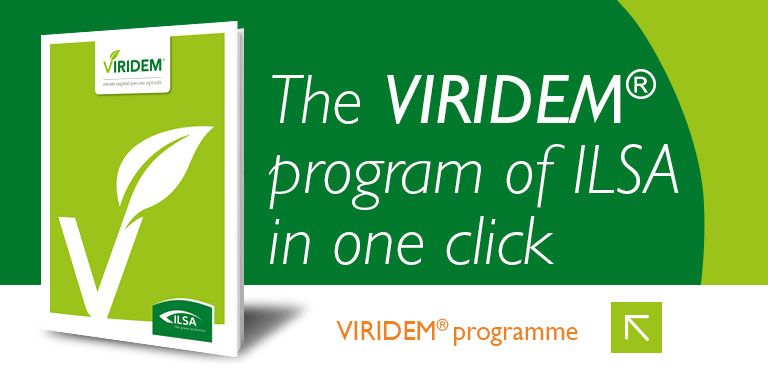
.png)
